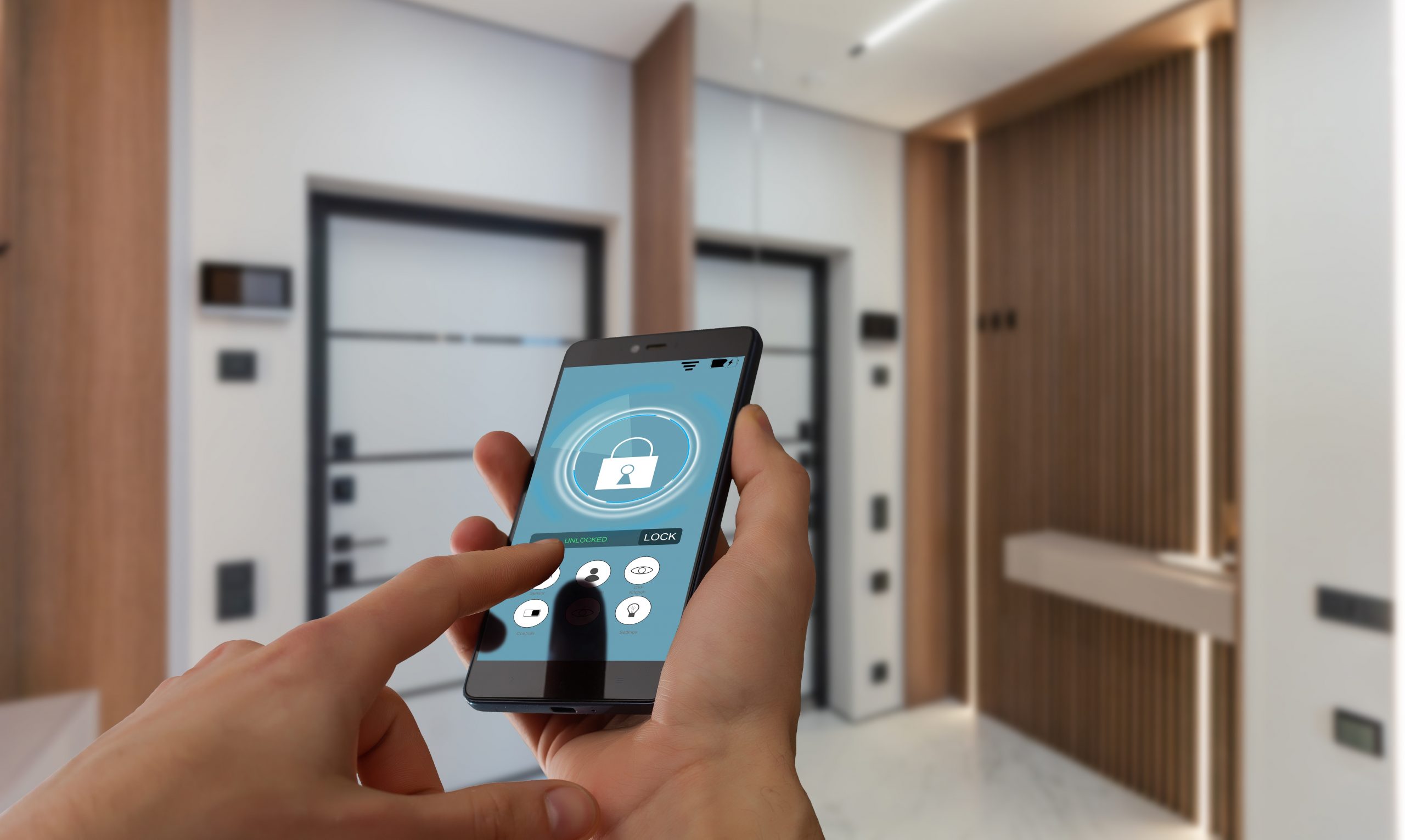Home security is a top concern for many, especially for seniors who want to feel safe and protected in their homes. Fortunately, advancements in technology have made home security systems more accessible, affordable, and effective than ever before. From smart locks to video doorbells, today’s technology can help seniors maintain a secure home with minimal effort. Here’s how to use technology to enhance home security, along with tips, tricks, and insights tailored for seniors.
1. Smart Doorbells and Security Cameras
One of the most effective ways to monitor who comes to your door is by using a smart video doorbell. These devices allow you to see, hear, and speak to visitors from your smartphone, even if you’re not home. Many smart doorbells and cameras also come with motion detection, which alerts you when someone is at your door.
Tip: Install a video doorbell like Ring or Google Nest Hello to monitor your front door. These devices send real-time notifications to your phone when someone approaches, allowing you to see who’s there before answering the door.
Trick: Set motion sensitivity levels on your doorbell to avoid frequent alerts for things like passing cars or animals. This can help reduce unnecessary notifications, ensuring you’re only alerted when there’s a genuine visitor or potential concern.
Insight: Many video doorbells and security cameras offer cloud storage, allowing you to review recorded footage if needed. This feature can be invaluable if you ever need to report suspicious activity or verify deliveries.
2. Smart Locks for Keyless Entry
Smart locks are an excellent way to enhance home security, especially for seniors who may have difficulty with traditional keys or are concerned about losing them. These locks allow you to lock and unlock your door remotely using a smartphone, and many models also offer keypads for easy code entry.
Tip: Install a smart lock like August or Schlage Encode to secure your door. These locks can be controlled remotely, so you can lock or unlock your home from anywhere, providing peace of mind if you forget to lock up.
Trick: Set up unique codes for trusted family members, caregivers, or service providers. You can monitor when these codes are used, giving you full control over who has access to your home and when.
Insight: Smart locks offer additional features like auto-locking, which automatically locks the door after a set period of time. This is particularly useful for seniors who may forget to lock the door after entering the house.
3. Home Security Systems with Monitoring
A comprehensive home security system with monitoring provides 24/7 protection. Modern systems often include door and window sensors, motion detectors, and cameras, all of which can be monitored via your smartphone. Many systems offer professional monitoring services that alert authorities in case of an emergency.
Tip: Look for a home security system like ADT, SimpliSafe, or Vivint that includes both self-monitoring and professional monitoring options. This allows you to monitor your home through your phone while also having the backup of professional services if needed.
Trick: Some systems offer emergency buttons that can be placed in easily accessible locations around the home. These buttons allow seniors to call for help quickly in case of a medical emergency or break-in, even if they can’t reach their phone.
Insight: Many modern security systems are wireless and easy to install, meaning there’s no need for complex wiring or professional installation. This makes them ideal for seniors who want to enhance their security without the hassle of a complicated setup.
4. Automated Lighting for Added Security
Smart lighting can be an effective deterrent for potential intruders. Automated lights can be programmed to turn on at specific times, giving the appearance that someone is home even when the house is empty. Motion-activated lights can also provide added security by illuminating dark areas when movement is detected.
Tip: Use smart bulbs or motion-activated lights in entryways, driveways, and backyards to enhance visibility and deter intruders. Lights like Philips Hue or LIFX can be programmed to turn on at sunset or when motion is detected.
Trick: Set up routines that automate your lights to mimic your daily patterns. For instance, you can schedule lights to turn on in the evening and off in the morning to create the impression of regular activity in the home.
Insight: Outdoor motion-sensor lights are not only great for security, but they also provide extra safety for seniors when entering or leaving the house at night, reducing the risk of trips or falls.
5. Voice Assistants and Security Integration
Voice-activated assistants like Amazon Alexa and Google Assistant can be integrated with your home security devices, making it even easier to manage your system. These assistants allow you to control your security devices with simple voice commands, providing an additional layer of convenience and safety.
Tip: Integrate your smart home security system with a voice assistant so you can arm or disarm your system with a voice command. For example, saying “Alexa, arm the front door” can automatically lock your door and activate security cameras.
Trick: Set up routines within your voice assistant to streamline your home security. You can create a “goodnight” routine that locks your doors, turns off the lights, and arms the security system with a single command.
Insight: Voice assistants can also be used to check the status of your home security devices. A quick voice command can tell you if your doors are locked, lights are off, or if any motion was detected around the house.
